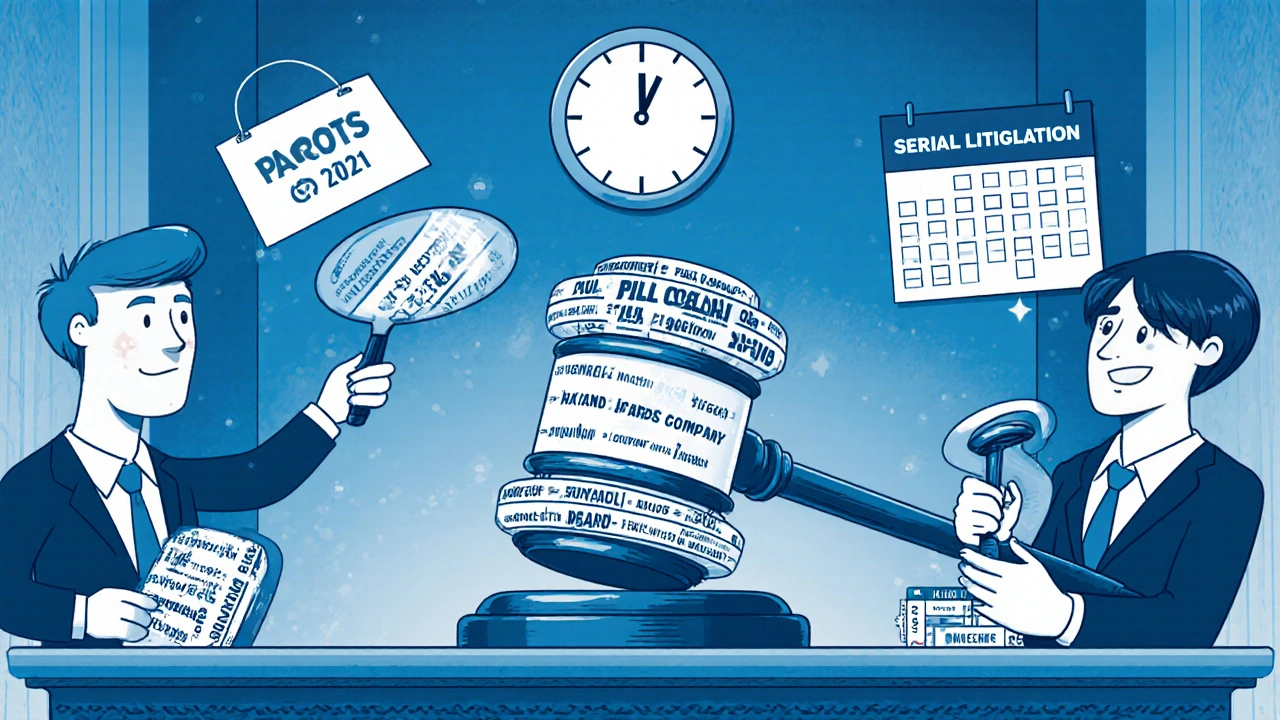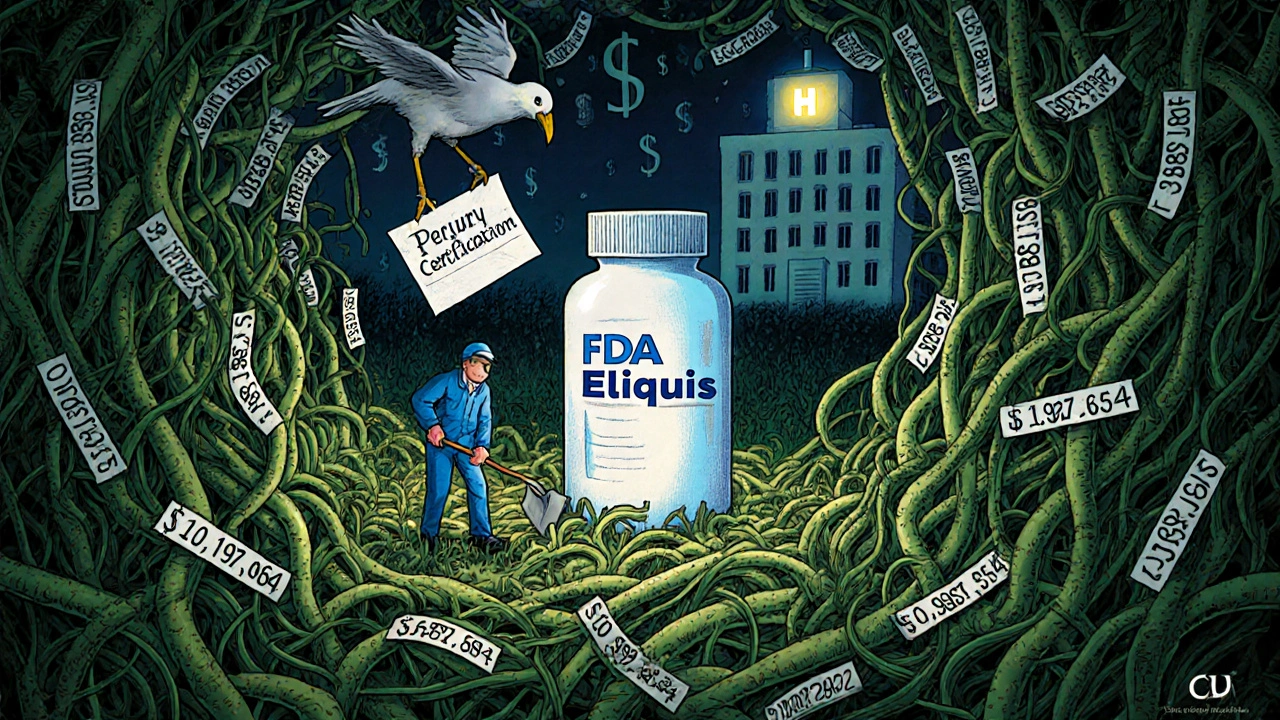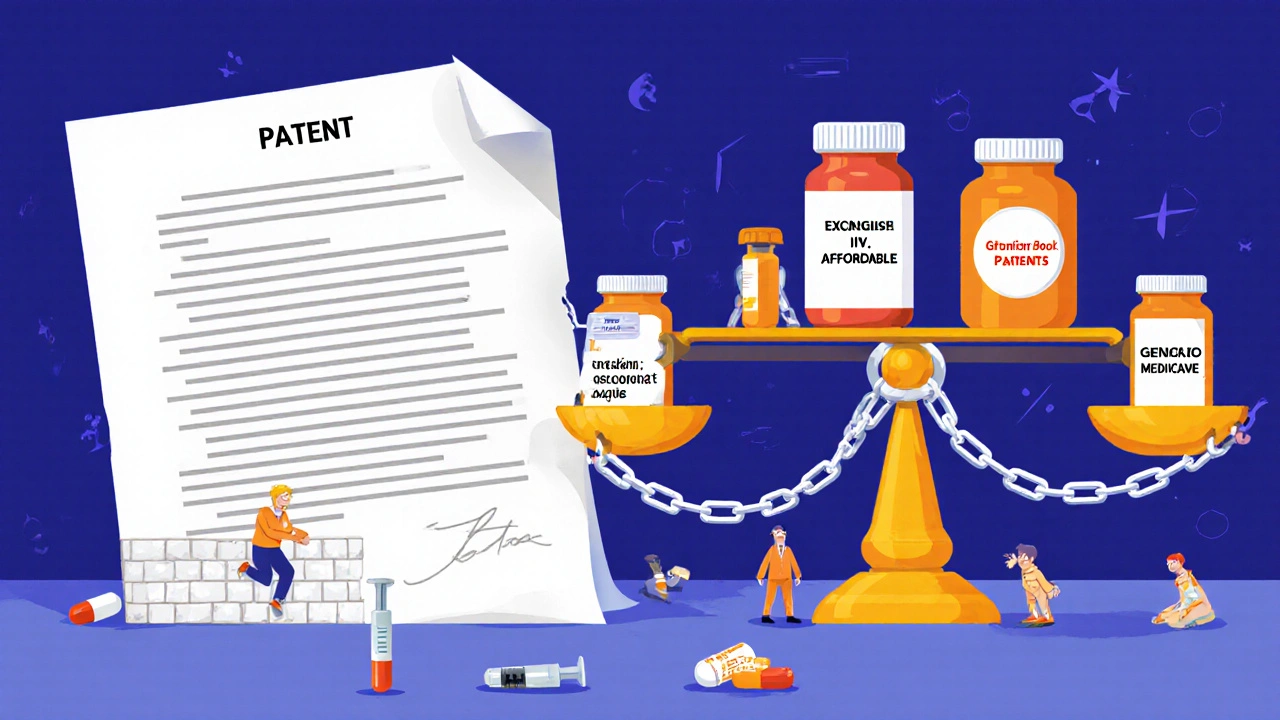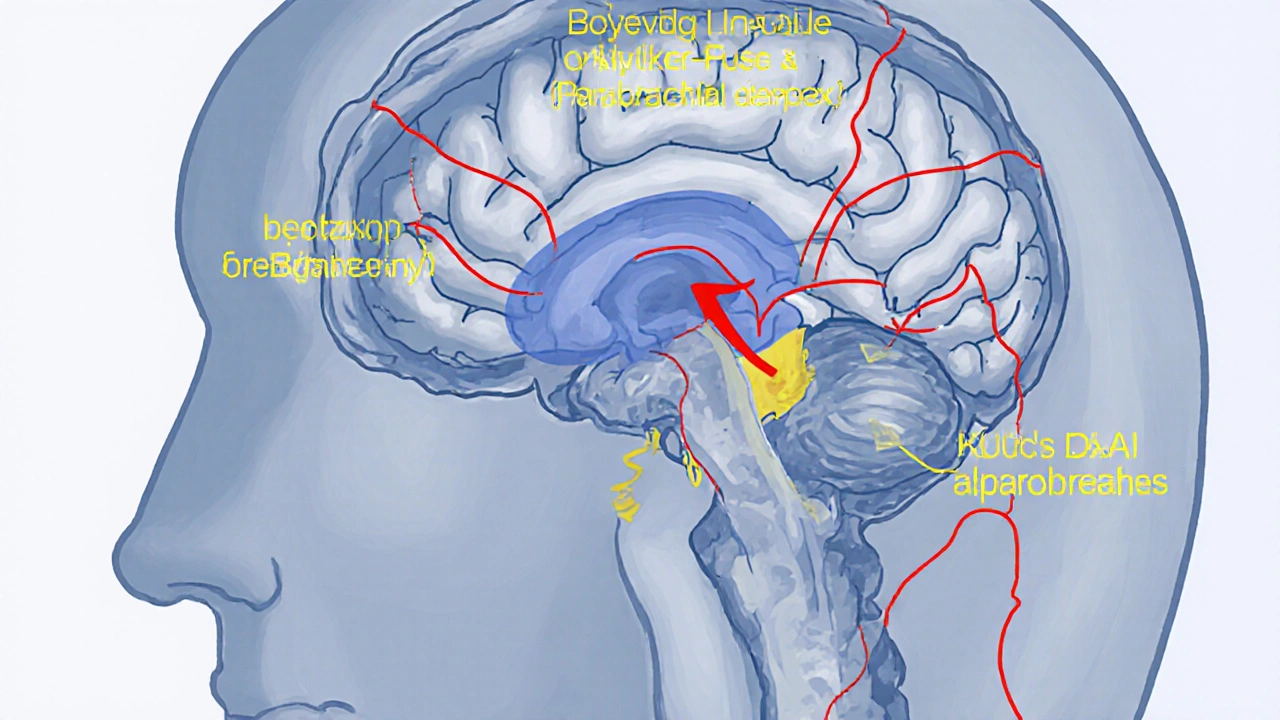When a brand-name drug’s patent expires, patients and insurers expect cheaper generic versions to hit the market. But in reality, that often doesn’t happen for years-sometimes over a decade. The reason? A legal system designed to balance innovation and access has become a tool for delaying competition. In the U.S., patent litigation in the generic pharmaceutical market is no longer about protecting real innovation. It’s about stretching monopoly control through legal tactics that have little to do with the actual science of the drug.
How the System Was Supposed to Work
The Hatch-Waxman Act of 1984 was meant to fix a broken system. Before it, brand companies could block generics indefinitely by owning patents, while generic makers had to repeat expensive clinical trials just to prove their drug worked. Hatch-Waxman changed that. It let generic companies file an Abbreviated New Drug Application (ANDA)-a streamlined approval process-by proving their drug is the same as the brand version, without redoing human trials. But there was a catch. If a generic company believed a brand’s patent was invalid or didn’t apply, it could file a Paragraph IV certification. This is a legal notice saying, “Your patent doesn’t block us.” That triggers a 30-month clock. During that time, the FDA can’t approve the generic, even if it’s safe and effective, because the brand company has the right to sue. This wasn’t meant to be a delay tactic. It was meant to give both sides time to resolve disputes in court. But over time, the 30-month stay became a shield-not a bridge.The Orange Book: A Legal Loophole in Plain Sight
The Orange Book is the FDA’s public list of patents linked to brand-name drugs. Only certain patents belong there: those covering the active ingredient, how it’s made, how it’s used, or how it’s formulated. But here’s where things go off track. Brand companies have learned to list patents that have nothing to do with the drug itself. Think: a special inhaler nozzle, a pill coating, a packaging design. In 2025, Judge Chesler in New Jersey ruled in Teva v. Amneal that six patents on a dose counter for ProAir® HFA couldn’t be listed because they didn’t claim “the drug for which the application was approved.” That’s a big deal. It means patents on delivery devices, not the medicine, shouldn’t block generics. Yet, according to the Association for Accessible Medicines (AAM), this still happens constantly. One drug might have 150 patents listed in the Orange Book, but only five are even close to being relevant. The rest? Legal noise.Serial Litigation: The Slow-Motion Blockade
It’s not enough to file one lawsuit. Some brand companies play a game called “serial litigation.” They hold back patents, waiting for the first one to be challenged or invalidated. Then they file another suit using a different patent. And another. And another. The AAM documented cases where generic entry was delayed by 7 to 10 years after the original patent expired. Take Eliquis (apixaban): 67 patents. Or semaglutide (Ozempic, Wegovy): 152 patents. Each one is a potential lawsuit. Each one is a chance to restart the 30-month clock. This isn’t innovation. It’s legal jujitsu. And it’s expensive. The FTC estimates that improper patent listings delay generic competition for about 1,000 drugs every year. That costs the U.S. healthcare system $13.9 billion annually.
Where Lawsuits Are Happening-and Why
Not all courts are created equal. The Eastern District of Texas is now the top venue for pharmaceutical patent cases, handling 38% of all filings in 2024. Why? Because it’s known for being pro-patent-holder. Judges there have deep experience with complex patent law. Juries are often seen as sympathetic to inventors. And the rules favor plaintiffs. That’s why brand companies flock there. It’s called “forum shopping.” And it’s working. In 2024, patent litigation overall rose 22% in the U.S., with damages awarded hitting $4.3 billion. Law firms like Fish & Richardson, Quinn Emanuel, and Jones Day saw their patent litigation revenue jump 35-40% last year. Meanwhile, generic companies are fighting back. They’re turning to the Patent Trial and Appeal Board (PTAB) for inter partes review (IPR) proceedings-faster, cheaper ways to challenge patents outside of court. IPR filings against pharma patents jumped 47% from 2023 to 2024. But the Supreme Court’s 2025 ruling in Smith & Nephew v. Arthrex made it harder for generic makers to file these challenges, raising the legal bar just as they needed more tools.Settlements: Are They Helping or Hurting?
When a lawsuit starts, both sides often settle. Sometimes, the generic company gets paid to delay its entry. That’s the infamous “pay-for-delay” deal. The FTC has spent years trying to stop these, calling them anti-competitive. But here’s the twist: not all settlements are bad. According to the IQVIA Institute, the average patent settlement actually brings generic drugs to market more than five years before the patent expires. Why? Because without a settlement, the litigation drags on for years. The generic company might never get approval. The brand company might win on a technicality. Both sides lose. So when a settlement means a generic hits the market in 2026 instead of 2031, that’s a win for patients-even if the generic got a payment. The FTC disagrees. They’ve issued over 300 warnings against improper Orange Book listings in 2024 alone. In May 2025, they sent 200 more, targeting companies like Teva and Amgen.
What’s Changing-and What’s Next
The tide is turning. The FDA is proposing new rules requiring brand companies to certify under penalty of perjury that every patent they list in the Orange Book meets the legal standard. That’s a big step. If enforced, it could knock out 15-20% of currently listed patents that don’t belong there. Congress is also being pressured. John Murphy III of AAM says it’s time to “streamline patent litigation” so it doesn’t become a barrier to affordable medicine. Meanwhile, experts like Dr. Rachel Sachs warn that we’re living in a world of “patent thickets”-where one drug is buried under hundreds of overlapping patents, mostly unrelated to the actual medicine. The data is clear: the average time from brand approval to first generic entry has doubled since 2005-from 14 months to 28 months. For cancer drugs, it’s worse. Patients wait an average of 5.7 years after the patent expires before generics arrive.Who Pays the Price?
It’s not just the healthcare system. It’s the patient paying $500 for a drug that could cost $30. It’s the Medicare program spending millions more than it should. It’s the person choosing between their insulin and their rent. The system was built to help. But now, it’s being used to hurt. The law is being stretched beyond its purpose. And the people who suffer most are the ones who need these medicines the most.Why do brand companies list so many patents in the Orange Book?
They do it to extend market exclusivity. Even if a patent covers something minor-like a pill coating or an inhaler part-it can trigger a 30-month legal stay that blocks generic approval. Many of these patents don’t actually claim the drug itself, but under current rules, they’re still allowed on the list until challenged in court.
What’s a Paragraph IV certification?
It’s a legal statement filed by a generic drug maker with the FDA, claiming that a brand-name drug’s patent is invalid, unenforceable, or doesn’t cover the generic version. This triggers a 30-month stay, during which the FDA can’t approve the generic unless the patent lawsuit is resolved or expires.
Are pay-for-delay settlements illegal?
They’re not automatically illegal, but they’re heavily scrutinized. The FTC considers them anti-competitive if the payment is solely to delay generic entry. Courts have ruled that payments with no legitimate business justification can violate antitrust laws. But many settlements include payments for services or co-promotion, making it hard to prove intent.
Can generic companies challenge patents outside of court?
Yes. Through inter partes review (IPR) at the Patent Trial and Appeal Board (PTAB), generics can ask the patent office to re-examine a patent’s validity. IPR is faster and cheaper than federal court. But after the Supreme Court’s 2025 ruling in Smith & Nephew v. Arthrex, generic companies now need to show direct economic harm to qualify as eligible challengers, making it harder to use this tool.
Why is the Eastern District of Texas so popular for these lawsuits?
It’s known for being plaintiff-friendly. Judges there have deep patent expertise, procedures favor patent holders, and juries are often perceived as sympathetic to innovation. After the TC Heartland decision limited where companies could be sued, the Eastern District of Texas regained its status as the top venue for pharma patent cases, with 38% of all filings in 2024.
What’s the FDA doing to fix this?
The FDA is proposing new rules requiring brand companies to certify under penalty of perjury that every patent listed in the Orange Book meets strict legal criteria. This would force companies to prove each patent actually claims the drug, its use, or its manufacturing method. The rule is expected to take effect in Q2 2026 and could remove hundreds of improper listings.
How long do generics typically wait after patent expiry to enter the market?
On average, it now takes 28 months from a brand drug’s approval to the first generic entry-double the 14 months in 2005. For cancer drugs, the wait can stretch to 5.7 years after patent expiry due to serial litigation and complex patent thickets.








8 Comments